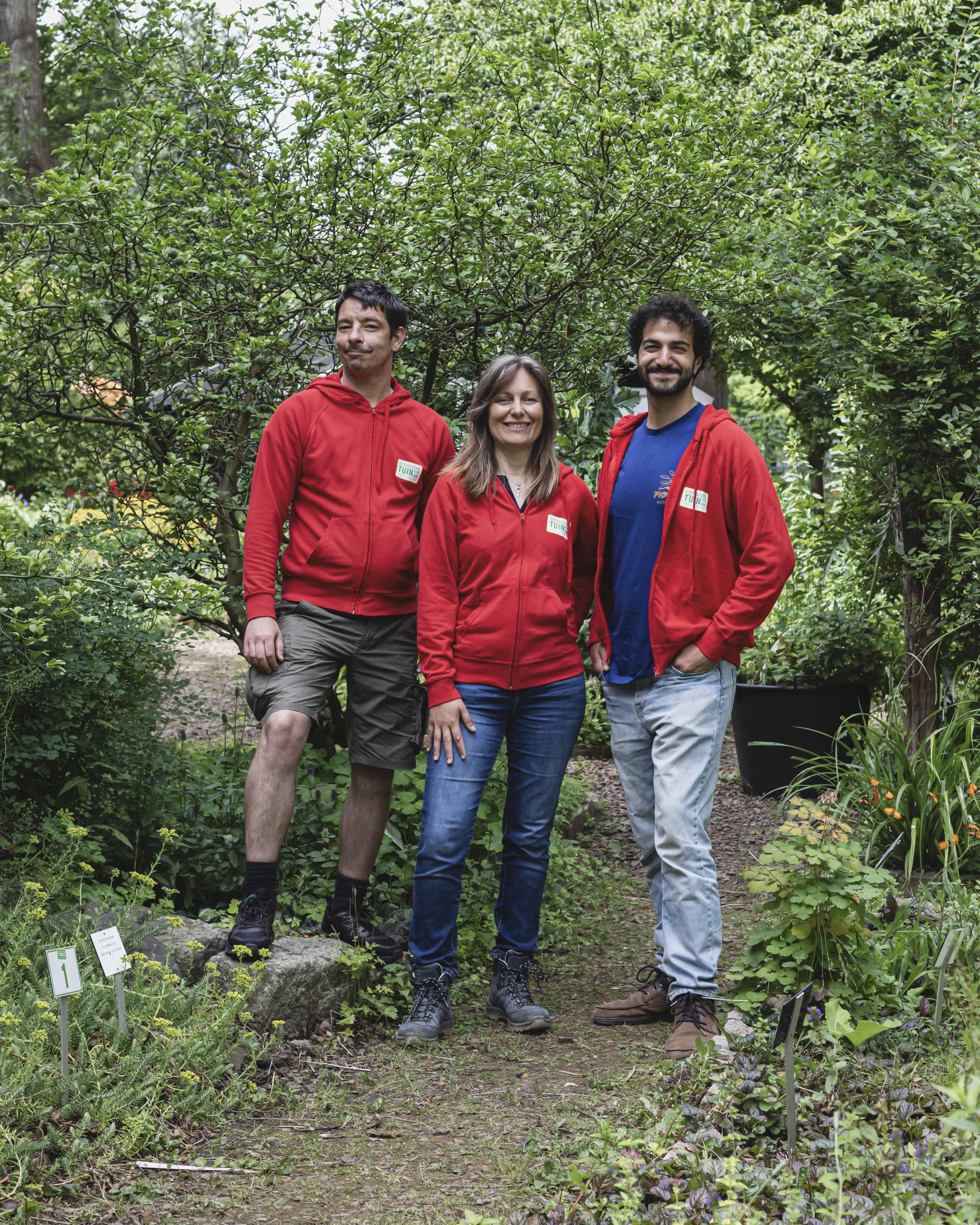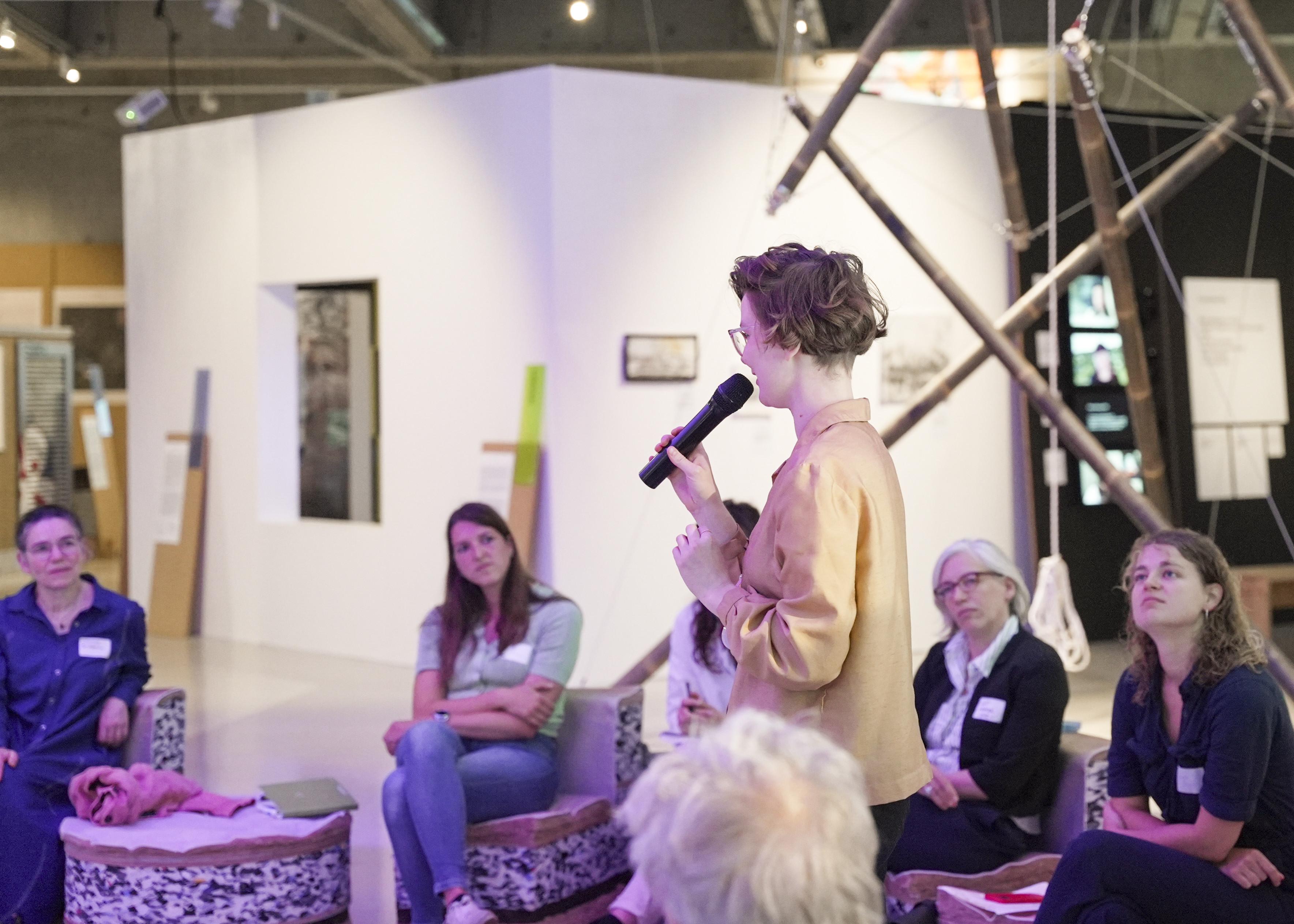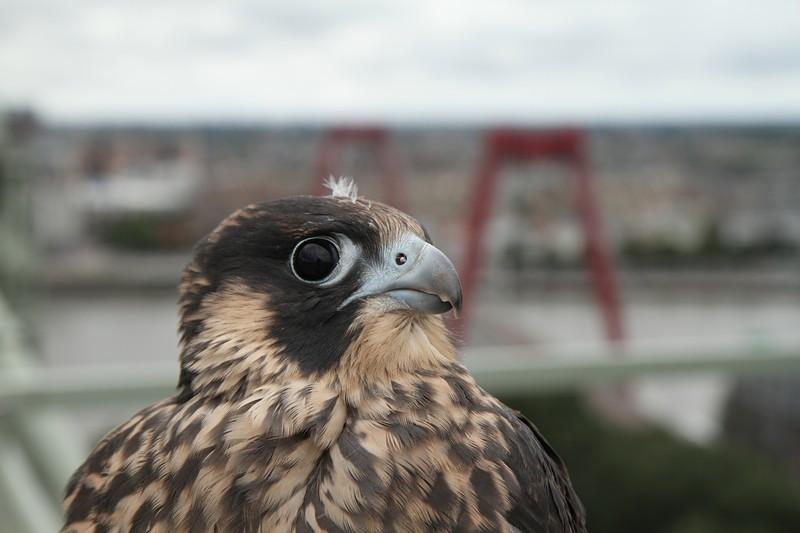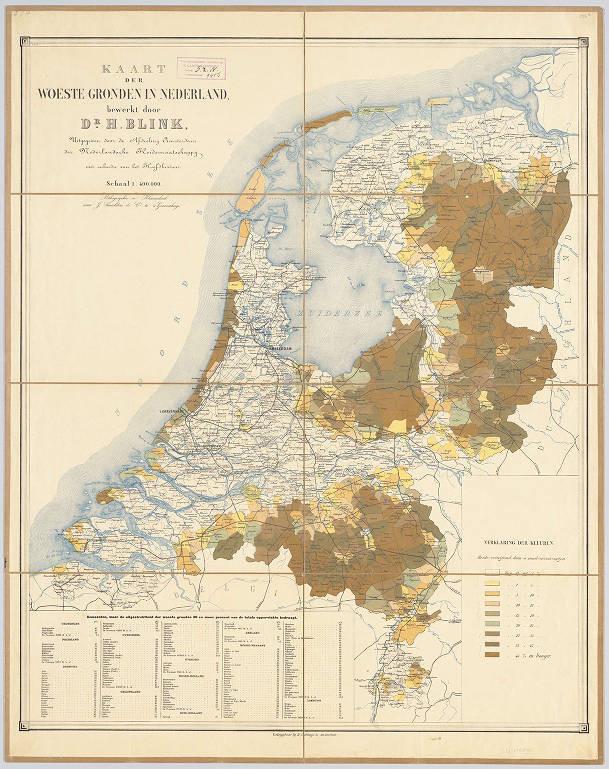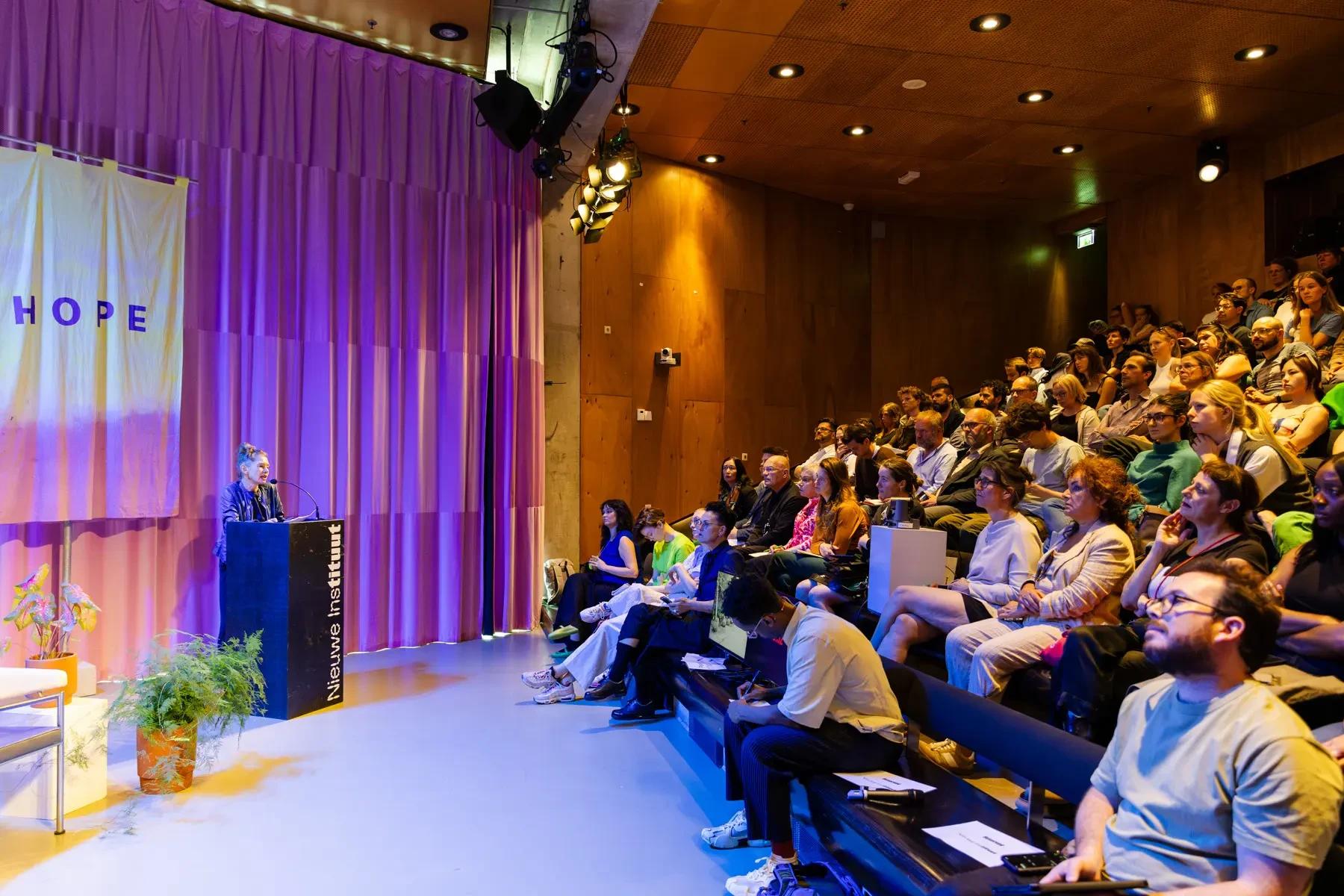Who builds towards a green future on a daily basis? To show how big ideas and visions find their way into reality, "Botanical Monuments" is part of this edition of the biennial: a collection of Rotterdams community initiatives around urban nature. They represent the ambition of the IABR to change the relationship between architecture and nature. But how does this ambition come to life in and around the city, who are the people behind big visions and what can we learn from them? Sabine and Jocelyn create the series "Hope Sowers" and engage with those taking steps towards an architecture that, in collaboration with nature, builds for future generations.
We visited Marian Bentvelzen at the botanical garden, an oasis in the vibrant Afrikaanderwijk, a district known for its diversity, housing 172 nationalities. Marian passionately shares the history and current role of the garden in the neighborhood. "This garden will be 100 years old next year," Marian starts. "Originally, the garden was used for biology lessons. That building still stands and is now used as a mosque. Thirty years ago, part of the garden was developed into a botanical garden, and now it has resumed its educational role. Many students come here for lessons, and there are also many adult volunteers who help maintain the garden. And, of course, it serves a crucial role as a delightful place to relax, right in the middle of the city."
It immediately becomes clear why this place is so special: this beautiful, large garden is teeming with various plant species and stories. Marian confirms this: "This garden is actually a living collection of plants that have accidentally arrived in the city through the port and railways, planted by migrants, or blown in by the wind. It's also a beautiful metaphor for the multicultural character of both the Afrikaanderwijk and the city of Rotterdam," she explains. "Plants from other countries in this garden serve as memories or medicinal remedies that people have brought with them. We try to tell everyone’s story through plants that come from all over the world, from Suriname to South Africa."
Marian has been involved with the garden for twelve years and has seen it truly grow. Although Marian calls the garden a living museum, nature here is not just to be observed: the garden also functions as a source of affordable greenery for the neighborhood residents. "We propagate seeds, take cuttings, and repot plants, and we intentionally plant them around the area to increase diversity. People also come here to pick up plants and sometimes even to grow their own vegetables," Marian shares. "Our team of volunteers also ensures that they are placed throughout the neighborhood, spreading nature more widely across the city."
While sitting on a bench, Marian can count more than 100 species – from trees to butterflies. Because the garden is so diverse, it's a fantastic place for nature education: Marian believes these lessons are essential for the younger generation. "If you want to care for something, it starts by creating love for it. We are passing this planet on to children, but we notice that young residents from this district often have a negative association with nature: it's dirty, boring, sometimes ‘scary’ people live in it, and criminal activities occur. There is also a lack of knowledge: some children often don't even know how things grow or where supermarket products come from. We familiarize them with the species they use, eat, and see daily."
The challenge lies in balancing the maintenance of the garden and maintaining contact with the neighborhood, as both require a lot of work. "Just as plant species work together in the garden, our strategy has always been to form partnerships with other organizations, such as the Natural History Museum, Arboretum Trompenburg, Diergaarde Blijdorp, Stadskwekerij de Kas, Rotterdam Mint, Foundation Natuurstad, and Foundation Stone Soup. We also have a strong connection with the neighborhood residents," says Marian. That's why she is pleased that the garden is part of the Botanical Monuments route - another great partnership through which the garden's mission and story are told.
Curious about this Botanical Monument? Click here for their spot on the Botanical Monuments route. Opening hours, activities, and more information can be found here.
